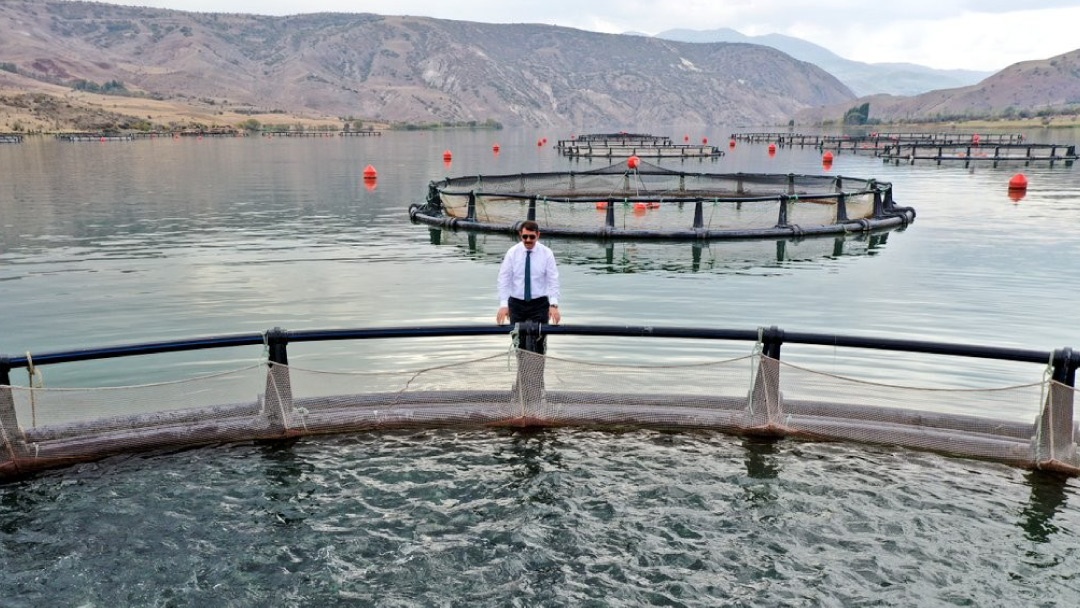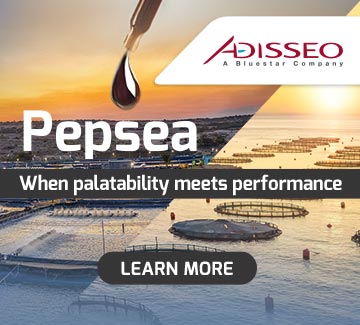
In 2002, Turkey produced 61,163 tonnes of farmed fish, a figure that soared to 547,505 tonnes by 2023, reflecting an impressive 800% growth and solidifying the sector’s importance to the national economy. This production volume is now valued at approximately €1.7 billion, surpassing wild-capture fisheries and establishing aquaculture as Turkey’s primary source of seafood.
A recent scientific review published in Reviews in Aquaculture highlights technological advancements, government incentives, and rising international demand as key drivers of this expansion.
Although Turkey’s aquaculture industry has traditionally been dominated by three key species- rainbow trout, seabass and gilthead sea bream, which account for 97% of total production-efforts are underway to expand the range of farmed species. New projects are exploring the cultivation of Black Sea turbot and Atlantic bluefin tuna, aiming to diversify the sector further.
One of the most promising developments is the Turkish salmon (large rainbow trout grown in the Black Sea), which saw an impressive 31.18% increase in production in 2023. Meanwhile, deep-sea aquaculture and recirculating aquaculture systems (RAS) are being developed to optimise production in controlled environments, offering new opportunities for sustainable growth.
Additionally, the sector is embracing digital transformation, incorporating artificial intelligence and machine learning to optimise feeding strategies, environmental monitoring, and fish welfare. These innovations aim to enhance efficiency and reduce operational costs, ensuring long-term sustainability.
Environmental Challenges, Sustainable Production, and Domestic Consumption

Climate change presents a significant challenge for aquaculture in Turkey and across the Mediterranean. Rising sea temperatures are impacting sensitive species, prompting the adoption of cold-water pumping systems in marine cages in the Black Sea to stabilize farming conditions.
Another critical issue is Turkey’s reliance on imported feed ingredients, particularly fishmeal and fish oil. To reduce this dependency, the industry is exploring sustainable alternatives, such as insect-based protein and fish-processing by-products, which could help create a more self-sufficient supply chain.
Turkey is also making strides in lowering its carbon footprint. Research suggests that strategic positioning of feed production facilities closer to fish farm could help reduce transport emissions, contributing to a greener industry. Studies are currently evaluating the carbon footprint of different farmed species to inform more sustainable production methods.
Despite its dominance in exports, domestic fish consumption in Turkey remains low, averaging just 7.2 kg per capita-well below the global average. In response, the government and private sector have launched awareness campaigns highlighting the nutritional benefits of fish and have introduce marketing strategies aimed at younger consumers to encourage greater seafood consumption within the country.
With its rapidly expanding production, technological advancements, and growing international presence, Turkey is solidifying its role as a key player in Mediterranean aquaculture. However, achieving long-term sustainability will require balancing exports with local consumption, reducing environmental impact, and investing in alternative feed solutions.
As Turkey continues to lead the way in aquaculture innovation, its experience offers valuable insights for other Mediterranean nations looking to expand their own seafood industries while ensuring environmental and economic sustainability.


